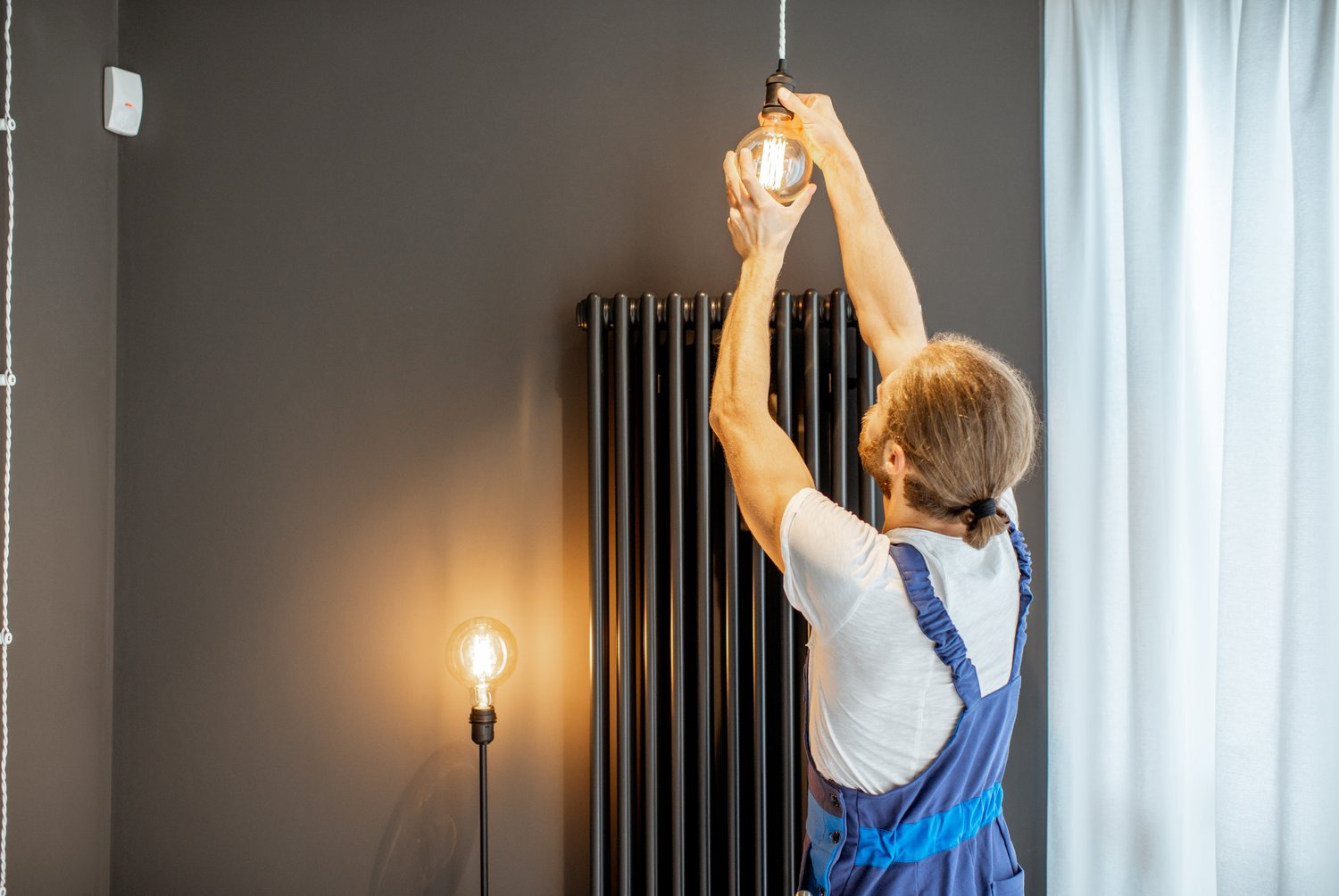Navigating the lighting aisle can be overwhelming with the multitude of options available to today’s consumers. Choosing light bulbs involves more than just picking a wattage—it requires understanding brightness measured in lumens, colour temperature measured in Kelvin, and the benefits of different technologies like LED, CFL, and halogen. This comprehensive guide will help you make informed choices for your home lighting needs, saving you money and creating the perfect ambiance in each room.
Understanding Brightness: The Shift from Watts to Lumens
For decades, we selected light bulbs based on wattage, but this measurement actually indicates energy consumption, not brightness. Today’s light bulb brightness guide focuses on lumens, which directly measure the amount of light emitted. The higher the lumens, the brighter the bulb. For example, a traditional 60-watt incandescent bulb produces about 800 lumens, while an energy-efficient LED might provide the same brightness using only 8-10 watts. When choosing light bulbs for different areas of your home, consider that a living room typically needs 1,500-3,000 lumens total, while task lighting for reading or cooking might require 450 lumens or more in a concentrated area.
Remember that brightness needs vary by room and purpose. Bathrooms and kitchens generally benefit from brighter lighting (higher lumens), while bedrooms and dining areas often call for softer, more moderate lighting. The packaging of modern light bulbs clearly displays the lumen output, making it easier to compare brightness across different bulb types and brands.
Colour Temperature Explained: Creating the Right Mood
Colour temperature, measured in Kelvin (K), is another crucial factor when selecting light bulbs. This measurement describes the warmth or coolness of the light produced. Lower Kelvin numbers (2700K-3000K) create a warm, yellowish light similar to traditional incandescent bulbs, perfect for living rooms and bedrooms where you want a cozy atmosphere. Medium Kelvin ratings (3500K-4100K) produce a bright white light ideal for workspaces, kitchens, and bathrooms. Higher Kelvin values (5000K-6500K) generate a cool, bluish-white light that mimics natural daylight, making them excellent choices for reading areas or spaces where detailed tasks are performed.
When selecting bulbs for your home, consider how colour temperature affects both mood and functionality. Warm lighting promotes relaxation and comfort, while cooler lighting enhances alertness and visibility. Many homeowners find that using different colour temperatures throughout their home creates versatile environments suited to various activities and times of day. As advised by experts at AskHomey, matching the colour temperature to each room’s purpose can significantly enhance your living experience.
Comparing Light Bulb Technologies: LED vs CFL Bulbs and More
The market offers several major types of light bulbs, each with distinct advantages and limitations. Understanding these differences is essential when choosing light bulbs for your home.
LED (Light Emitting Diode) bulbs represent the most energy-efficient option available today. They use up to 90% less energy than traditional incandescent bulbs and last 15-25 times longer. Although they have a higher upfront cost, LEDs provide substantial savings over their lifetime, which can exceed 25,000 hours. They also reach full brightness instantly and contain no mercury, making them environmentally friendly and safe to dispose of in regular trash.
CFL (Compact Fluorescent Lamp) bulbs offer a middle ground between LEDs and incandescents in terms of energy efficiency and cost. They use about 70% less energy than incandescent bulbs and last approximately 10 times longer. However, CFLs contain small amounts of mercury, requiring special disposal methods, and they often take time to reach full brightness. They also may not perform as well in frequently switched areas due to their shorter lifespan under these conditions.
Halogen bulbs are essentially more efficient incandescents, using about 25-30% less energy than traditional bulbs while providing similar light quality. They have a shorter lifespan than LEDs and CFLs but offer instant brightness and excellent colour rendering. Halogens operate at higher temperatures, however, which can increase cooling costs in summer months and present a greater fire risk if placed near flammable materials.
When comparing LED vs CFL bulbs, consider factors beyond initial cost. LEDs typically offer better long-term value, instant brightness, greater durability, and environmental benefits. CFLs cost less upfront but have shorter lifespans and environmental limitations due to their mercury content.
Making the Final Selection for Your Home
When choosing light bulbs, consider the specific needs of each area in your home. Factor in brightness requirements (lumens), desired ambiance (colour temperature), energy efficiency, lifespan, and budget. For most modern homes, LEDs represent the best overall value despite higher initial costs. In spaces where lights remain on for extended periods, the energy savings from efficient bulbs become even more significant.
Remember that proper disposal matters too. While LEDs can typically go in regular trash, CFLs should be recycled through specific programs due to their mercury content. Many hardware stores and recycling centers accept used CFLs for proper handling.
For more tips and to connect with reliable home service professionals, follow AskHomey on Facebook and Instagram.



